Specialist contractors are six months into the restoration of three historic buildings at Scartho Cemetery in Grimsby.
Work started in August on the prominent Gatekeeper’s Lodge, which has been empty and semi-derelict for 15 years, as well as the Cemetery Chapel and Waiting Room. So far, stonemasons have repointed the prominent chapel spire, repaired the stonework such as the angle turrets and flying buttresses, and replaced deteriorating brickwork.
Chapel
Inside the chapel, the flooring had been damaged by historic failure of the drainage system. Once the floor had been given time to dry out, contractors carefully took up the original tiles and carried out groundworks underneath. The tiles were then put back in place and any damaged tiles replaced. This also provided an opportunity to re-instate original cast iron floor grilles.
Waiting Room
The former waiting room building, which will be converted to a memorial display area, will retain its original fixtures and fittings, including the cast iron fireplace and perimeter benching. A door opening has been created to link the former waiting room to the former public toilet, which is currently having all internal finishes restored for an alternative use in the future
The small former external store building to the east of the former waiting room building is currently undergoing some works to allow the building to eventually be converted to a small flower shop.
Current works to the former waiting room and store buildings include masonry repair and replacement works, restoration of timber doors and windows and external timber works, the replacement of the roofing leadwork and any damaged or deteriorated areas of the roof covering as well as the internal works.
Cllr Stewart Swinburn, portfolio holder for Environment and Transport at North East Lincolnshire Council, said:
“Bringing these historically important and attractive buildings back into use is a significant next step in improving services for bereaved families.
“The chapel spire is looking particularly impressive now that the scaffolding is down and we can see the transformation.
“These three buildings have stood empty for some time and fallen into disrepair, but structurally they are perfectly sound. Once they are back in use, they will have regular maintenance checks to keep them in good condition for many years to come.
“I’m looking forward to seeing these striking buildings being put to good use, serving members of the community as they navigate coming to terms with the loss of a loved one.”
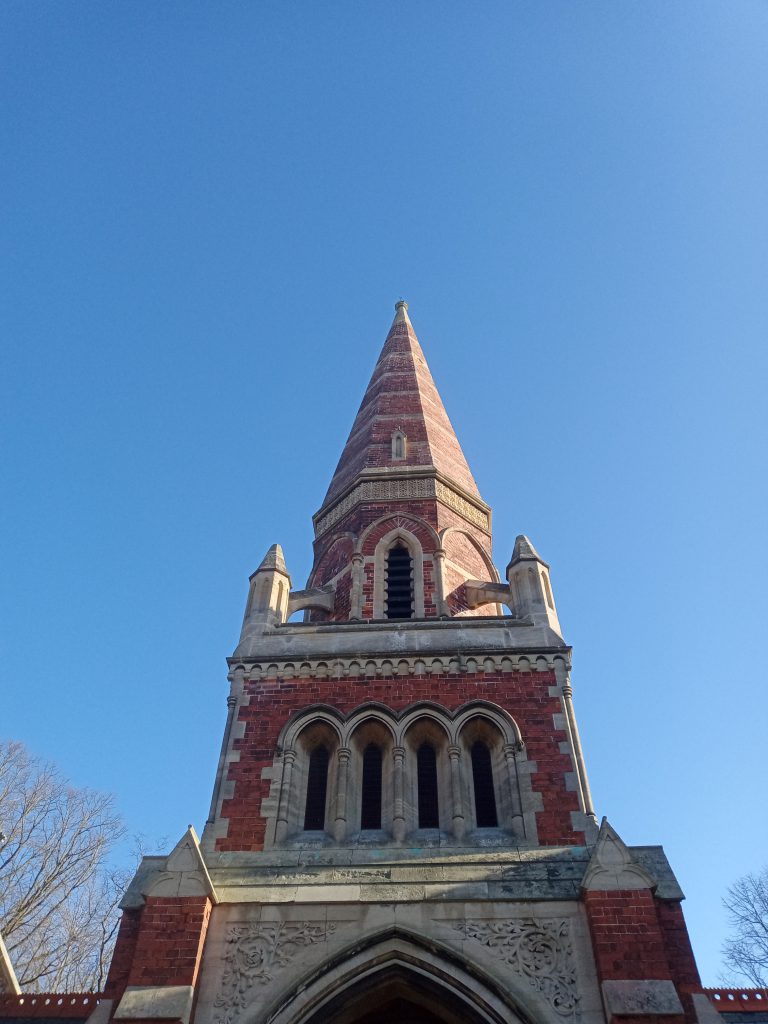
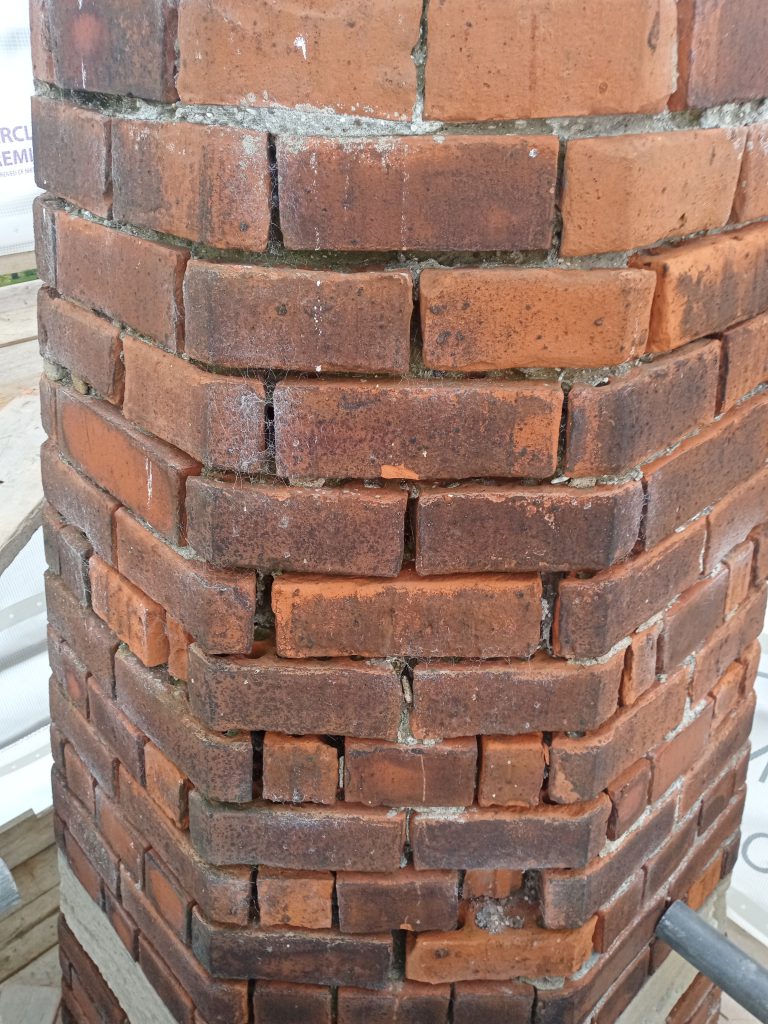
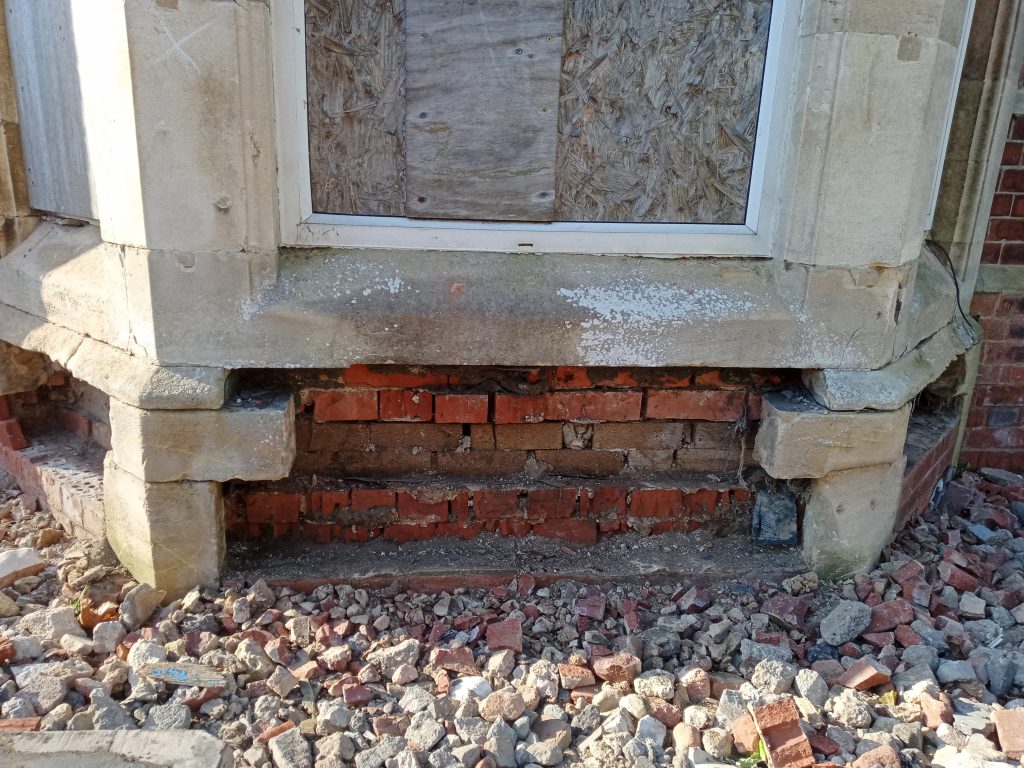
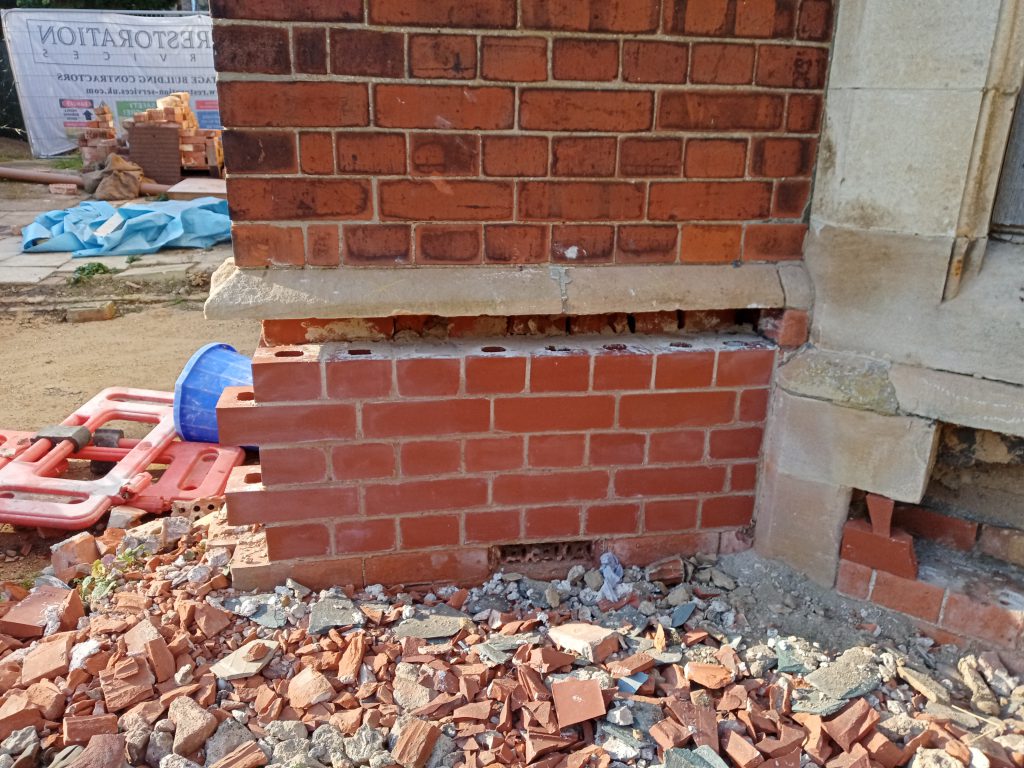
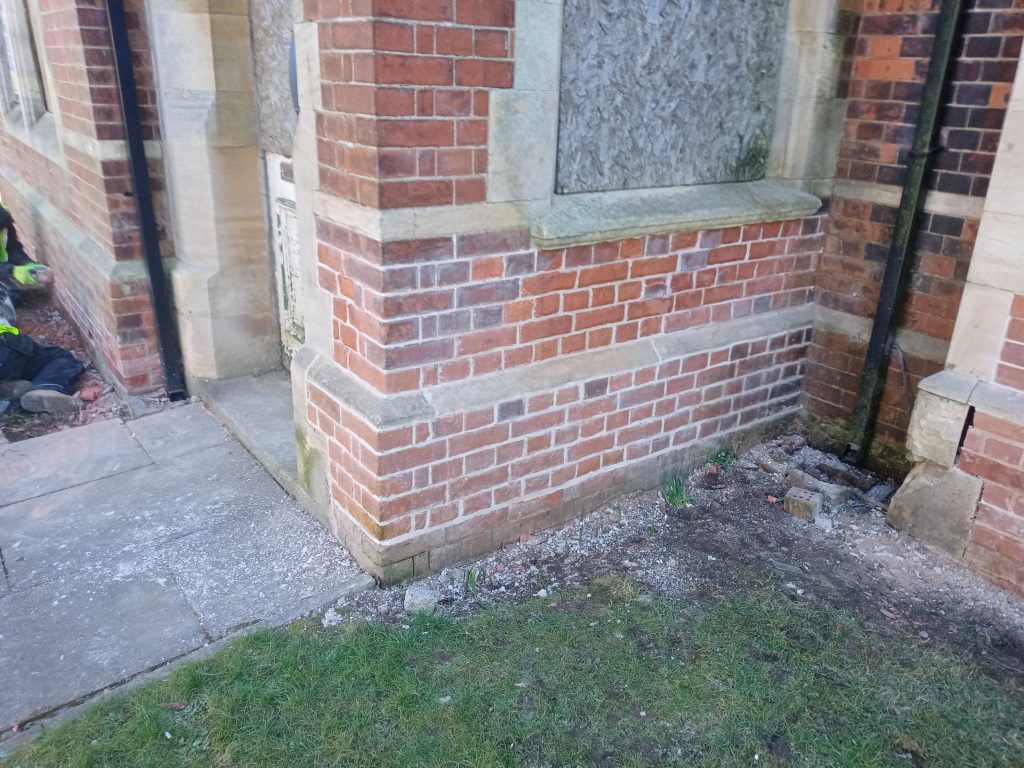
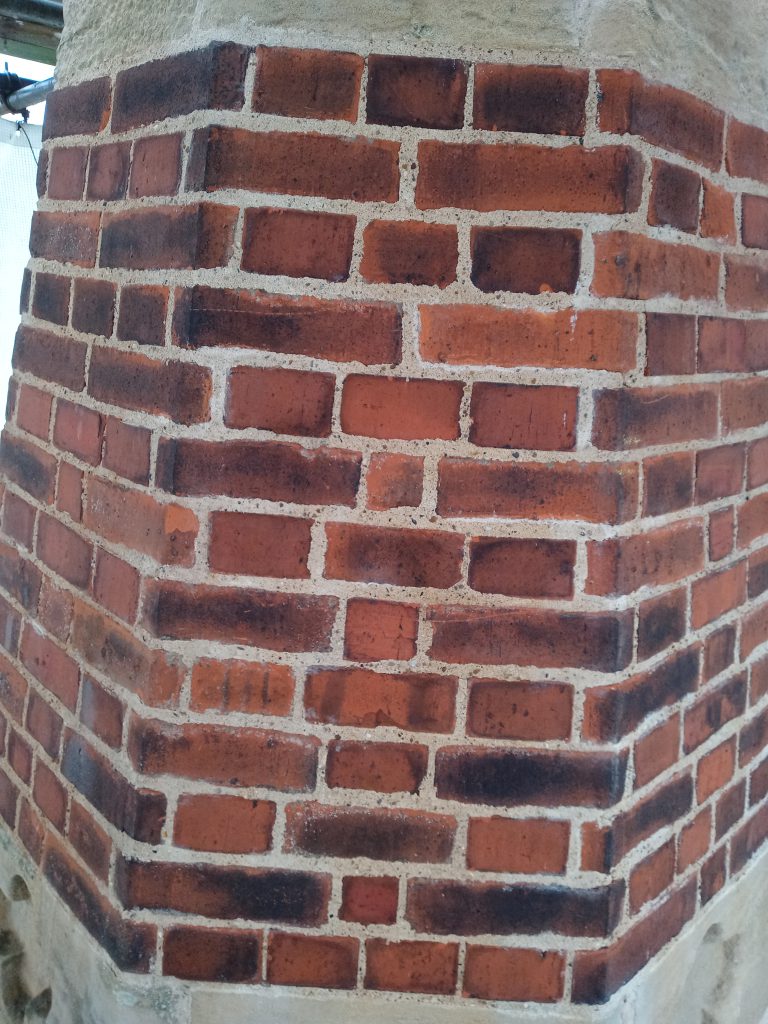
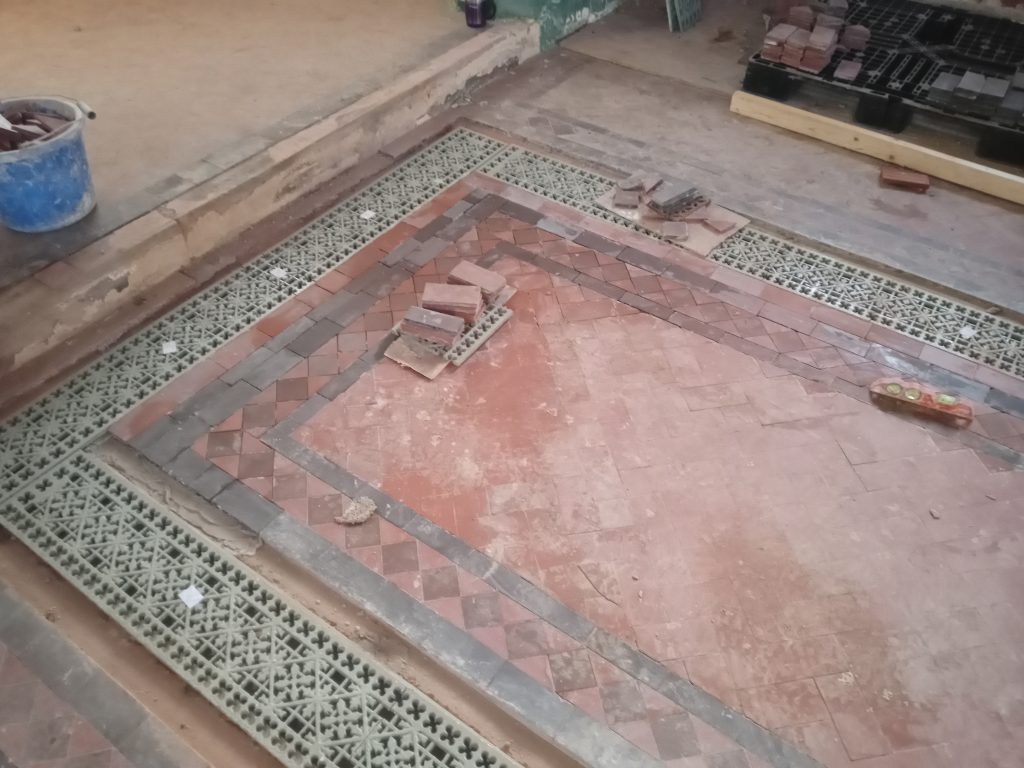
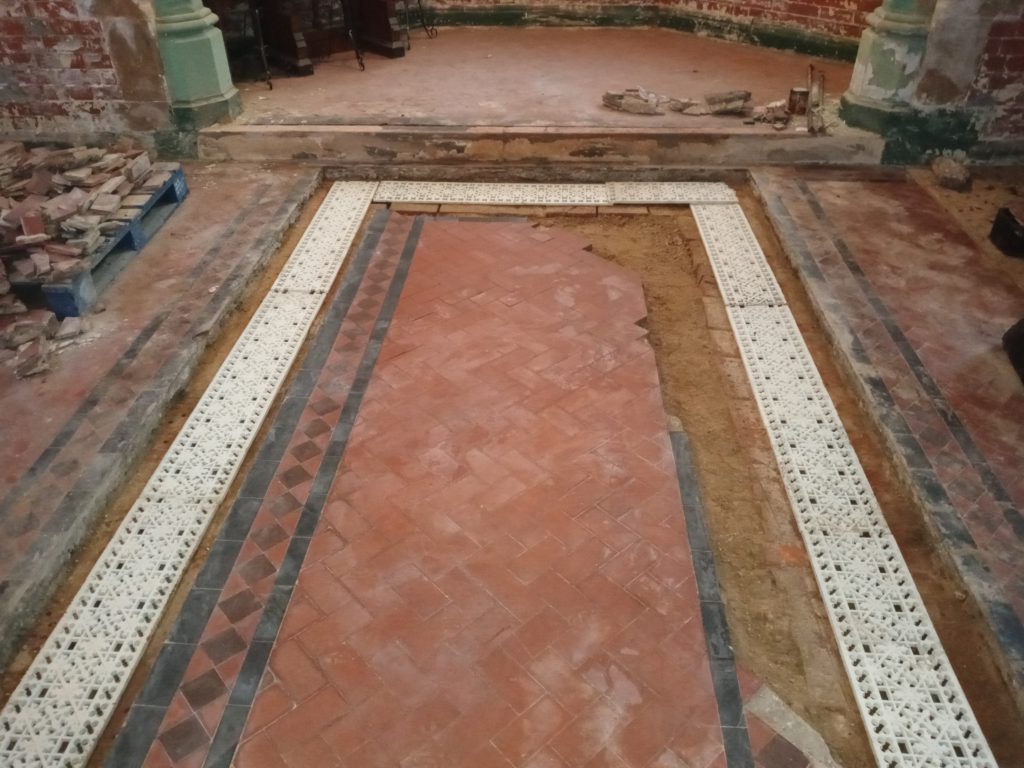
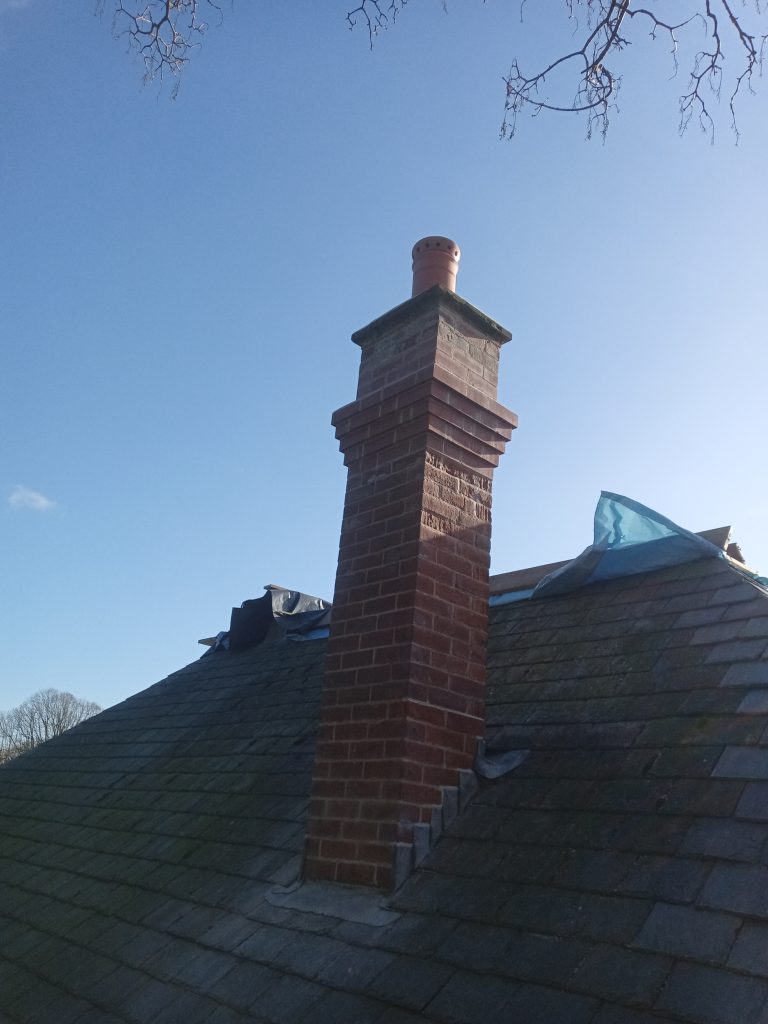
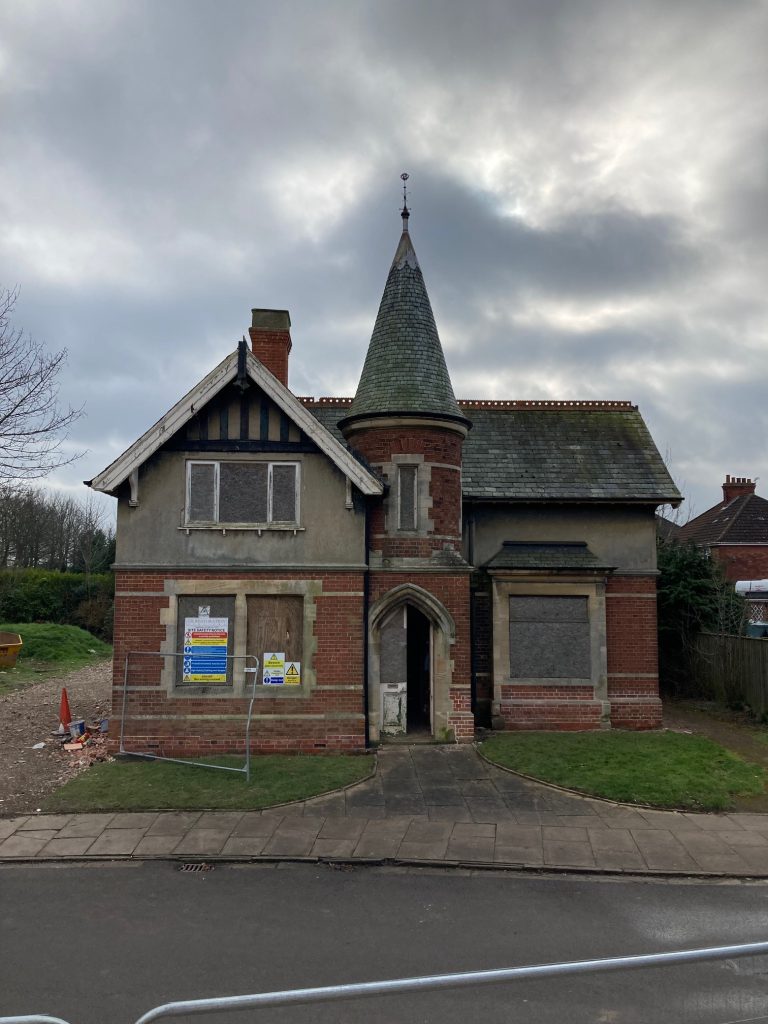
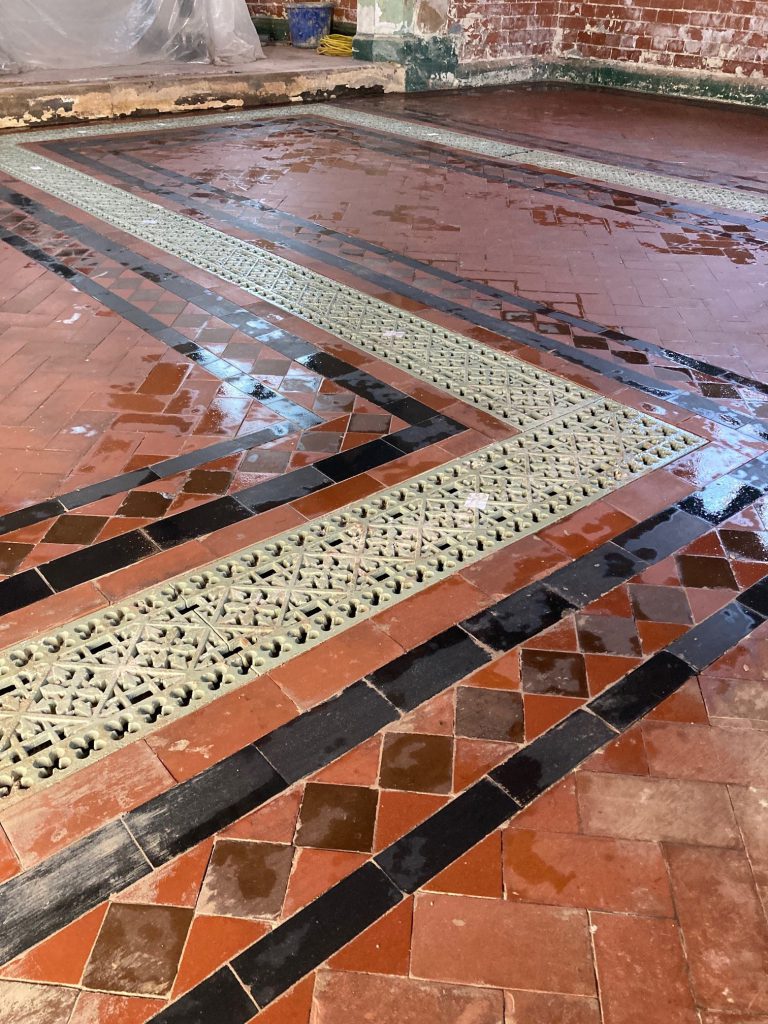
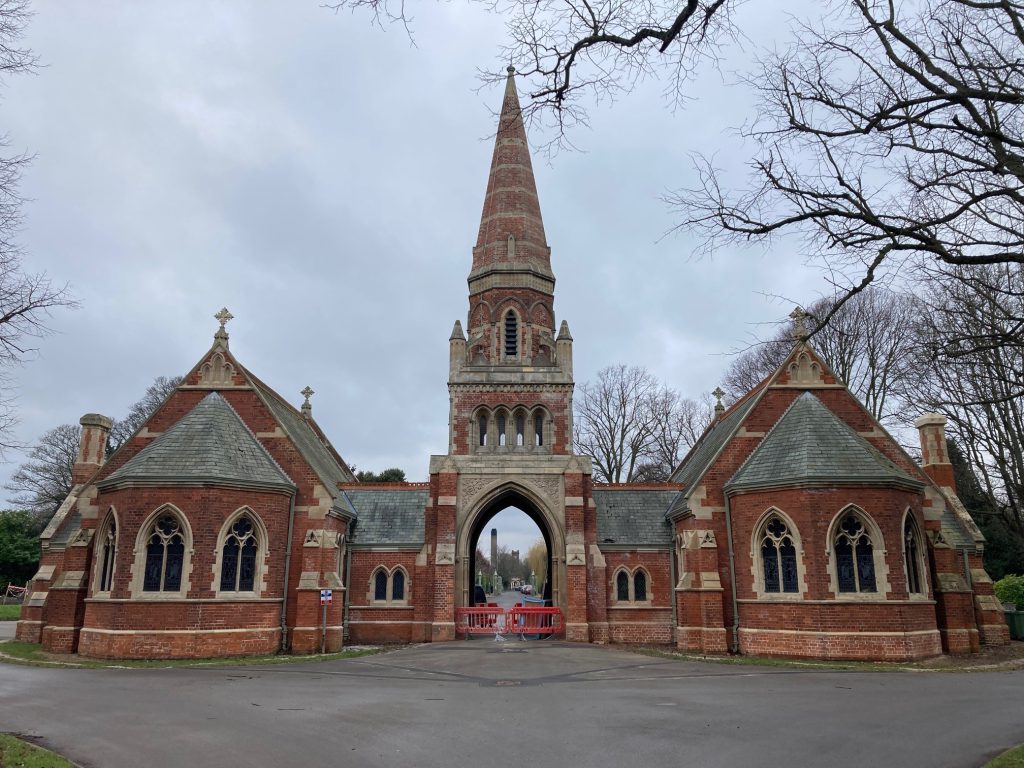
Restoring heritage assets
The chapel and subsequent buildings were built in 1888 and the cemetery was opened in 1889.
The works are being undertaken by Burnley based ‘UK restoration Services’ a specialist conservation contractor who previously undertook the works to the Cemetery Chapels and project managed by Equans, the Council’s regeneration partner.
Other recent improvements at the Crematorium include the launch of the Treasured Memories pet crematorium, the car park extension and the restoration of the Chapel and cemetery gates.
This work is part of the final stages of a five-year plan to bring the council’s heritage assets up to a reasonable state of repair and preservation.
Bats
All bat species are designated and protected as European protected species. They are protected under the Conservation of Habitats and Species Regulations 2017.
To avoid possible effects on bats and their roosts, developers can include mitigation and compensation measures that are proportionate to the likely effect on the bat species present in a building undergoing renovation or other works.
Examples of such measures could:
- keep some existing roof voids and roosting places
- create new roosting places within the existing building
- create new roosting places in different buildings
- redesign lighting to avoid roost entrances and foraging habitats.
Bats were discovered to be roosting in the Cemetery Lodge during a series of ecology surveys carried out at different times of year as part of the planning process.
Their presence was factored into the schedule for the works and has not resulted in any delays.
It is important not to disturb a bat roost and this limited the amount of work that could be undertaken over the winter.
A permanent bat roost is due to be installed in the roof void of the former waiting room building, which will be accessible to bats during and after completion of the works to the Lodge and waiting room building. All works will be monitored by an ecologist and carried out in accordance with Natural England’s guidelines and licence requirements. Bat boxes and vents will also be installed.
More details about the guidelines at https://www.gov.uk/guidance/bats-advice-for-making-planning-decisions
Share this article